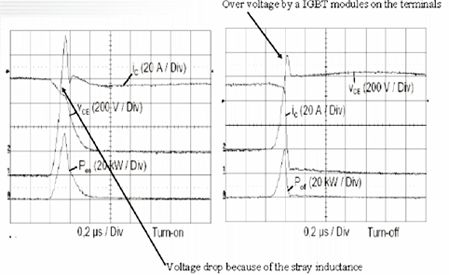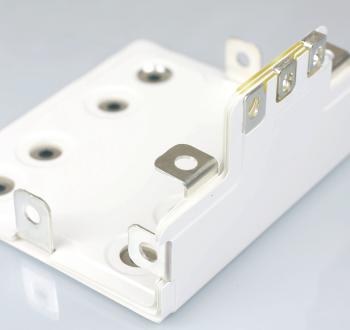How to Design a Laminated Bus Bar?
The main considerations of laminated bus bar design
The laminated bus bar carries the loads and the sources of electric power in an power conversion module, providing the lowest inductance interconnection for IGBT and capacitors. When our Engineers work on a Laminated Bus Bar design, we have many considerations, such as the circuit diagram, the physical arrangement of IGBTs, Capacitors etc., heat dissipation requirements, electrical requirements and structural / installation requirements.
The effect of induction to power- conversion system

A good design can make the Laminated Bus Bar to achieve the lowest inductance.
Reduce the temperature rise of the system
Exceeding the allowed environmental temperature range can cause overstressing of an inverter or convertor system, sometimes could cause the total system failure. Laminated Bus Bar is one of the critical components in a power conversion system. How to reduce temperature rise is one of our engineer's main considerations in a Laminated Bus Bar design.
Meet the electrical requirements (Dielectric Strength, Partial Discharge, Creepage Distance requirements etc.)
Our design engineers can choose from a variety of material, insulation and plating options, including various methods to increase creepage distance, together with WDI's advanced process technology, to meet the electrical requirements in different industry applications.
Manufacturability, Costs
When designing a Laminated Bus Bar, the designer also needs to consider the manufacturing and process related factors of laminated bus bar, in addition to the functional requirements. Otherwise, a laminated bus bar may be designed to be very complex for manufacturing and higher in process cost.
This is one of the areas that we can utilize our knowledge and expertise to provide value-added design services for customers.
This is one of the areas that we can utilize our knowledge and expertise to provide value-added design services for customers.
Installation and Structural requirements
A good laminated bus bar design also needs to meet the structural and mechanical requirements of the application.

